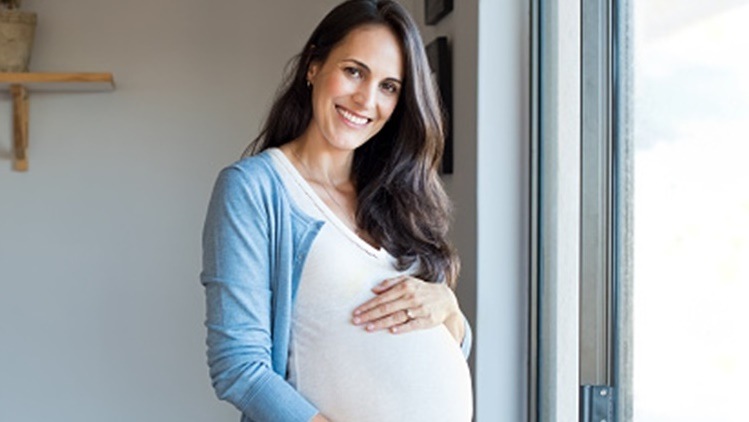
After much speculation, Meghan Markle, the Duchess of Sussex, gave birth to a baby boy on May 6 and soon a flood of greetings and wishes followed. As fulfilling as parenthood can be, giving birth to a life takes a toll on a woman’s body. For all those new moms, who are still nursing their child, it is evident that a woman’s body goes through a lot of change post-pregnancy. Here’s a rundown on what to expect.
ALSO READ | Meghan gives birth to baby boy: A look at her maternity fashion
Bloating in the stomach
The common perception is once a woman gives birth, the bloating in the stomach reduces drastically. Well, not really. According to a report in WebMD, the process is long and does not happen overnight. “It takes about 6-8 weeks before the uterus is back to its pre-pregnancy size,” Silvana Ribaudo, obstetrician at Columbia Medical Center in New York was quoted as saying.
Change in the shoe size
While it might be difficult to believe, a woman’s shoe size might change after pregnancy. Swelling of feet is common but sometimes the size may just permanently change. “Yes, a woman’s feet swell during pregnancy,” Ricciotti says. “But after her baby is born, she may have a permanently different shoe size,” Hope Ricciotti, an associate professor of obstetrics and gynecology at Harvard Medical School was quoted as saying in the same report.
Vaginal changes
Often women undergo vaginal changes post delivery. Although the vagina does contract to its former size after birth, in some cases the size remains the same. “There are many factors that contribute, including type of delivery, size of baby, genetic factors [and] being overweight, to name a few,” Dr Alyssa Dweck, gynecologist in New York City and author of The Complete A to Z for Your V was quoted as saying in a report in Live Science.

Change in breast size
Among other body parts, a woman’s breasts also change, both during and after pregnancy. “They get bigger at first, because the dormant fat tissue in the breast gets replaced by functional tissue” in preparation for breastfeeding,” Dr Michael Cackovic, director of cardiac disease and pregnancy at The Ohio State University Wexner Medical Center was quoted as saying.
This, however, is not a permanent condition. “After a woman stops breastfeeding, that functional tissue atrophies, because it’s not being used anymore. And then it’s not immediately replaced by fat, because the fat is already gone,” Cackovic added.
Hair fall
While hair looks a lot more healthy during pregnancy, after delivery, as hormones level return to normal, hair fall occurs. “It’s not uncommon for women to complain at six months that their hair is falling out. But [hair loss] is really just a temporary thing and usually resolves by about 12 to 18 months,” Cackovic said.